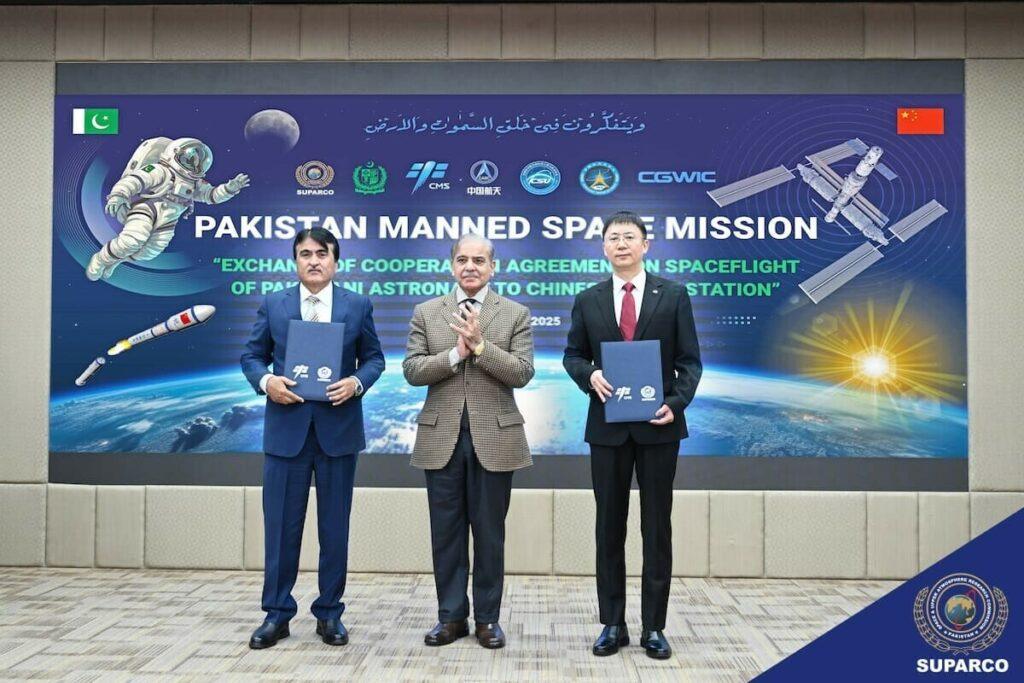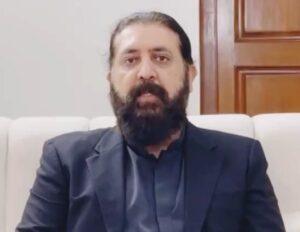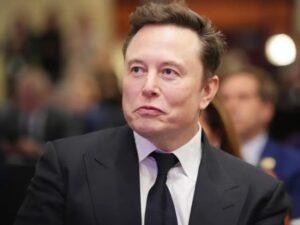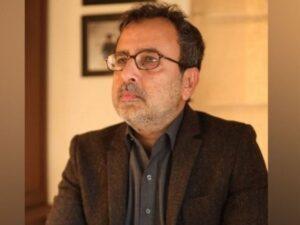Pakistan is ready to send his first astronaut into space following a collaboration agreement signed between Space & Upper Atmosphere Research Commission (Suparco) and China Manned Space Agency (CMSA).
According to the agreement, two Pakistani astronauts will undergo training in the Astronaut Center in China. You will eventually be chosen as a scientific payroll specialist for a future mission to Tiangong, China’s Space Station. The selection process is expected to complete by 2026.
When the Chinese Space Station (CSS) was aboard the Chinese Space Station (CSS), the Pakistani astronaut will conduct experiments in medical sciences, space, physics, space radiation, ecology and astronomy. The research aims to promote space technology and contribute to scientific development with potential benefits for life on earth.
Prime Minister Shehbaz Sharif paid tribute to the deal as a landmark moment in Pakistan’s space program and described it as a cornerstone of the country’s hopes in human space. He highlighted Pakistan’s constant progress in space science and technology with reference to results in satellite launches and contributions to global scientific research.
Minister of Planning and Development Ahsan Iqbal emphasized that the partnership would run technological innovation and human space opportunities. He noted that collaboration with China goes beyond astronaut training and lays the basis for Pakistan’s long -term space research ambitions.
CMSA General Director Dr. Lin Xiqiang welcomed Pakistan’s participation and emphasized the elaborate space cooperation between the two countries. Suparco -President Mohammad Yousuf Khan described the initiative as a large milestone and urged professionals and researchers to contribute to the program.
Meanwhile, Suparco has also expected Ramadan in Pakistan to start on Sunday, March 2, based on its lunar calculations.
With this agreement, Pakistan takes a significant step towards human aerospace and marks a new chapter in his space research journey.



